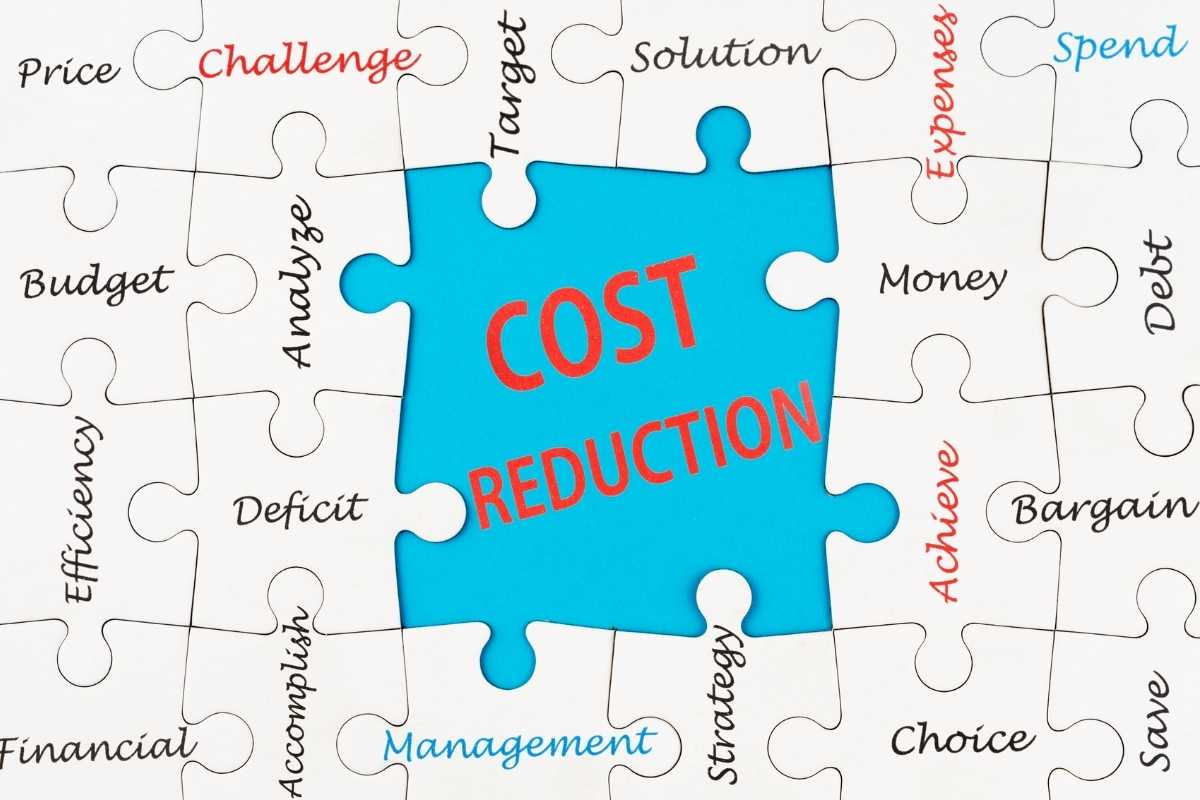In today’s competitive business landscape, effective sourcing and vendor management play a crucial role in ensuring operational efficiency and cost-effectiveness. This article delves into the intricacies of sourcing and vendor management, exploring best practices, challenges, and the significance of building strong supplier relationships.
Understanding Sourcing and Vendor Management
Sourcing refers to the process of identifying, evaluating, and engaging suppliers to procure goods and services. It encompasses various activities, including market research, supplier selection, and contract negotiation. On the other hand, vendor management involves overseeing and nurturing relationships with suppliers to ensure they meet performance expectations and compliance standards. Together, sourcing and vendor management form a critical component of supply chain management.
The Importance of Effective Sourcing
Effective sourcing can provide businesses with numerous advantages:

- Cost Reduction: By strategically sourcing materials and services, companies can reduce procurement costs. This is achieved through competitive bidding, negotiation, and establishing long-term partnerships with suppliers who offer favorable pricing.
- Quality Assurance: Sourcing the right vendors ensures that businesses receive high-quality products and services. By thoroughly evaluating suppliers, companies can mitigate risks associated with subpar materials or services that could impact their operations.
- Innovation and Technology Access: Partnering with the right vendors allows businesses to leverage their expertise and access innovative technologies. This can enhance product offerings and improve operational efficiency.
- Risk Mitigation: Effective sourcing and vendor supervision help identify potential risks in the supply chain. By assessing supplier performance and financial stability, businesses can avoid disruptions caused by supplier failures or market fluctuations.
Best Practices for Sourcing and Vendor Management

- Define Clear Objectives: Before initiating the sourcing process, organizations should clearly define their procurement objectives. This includes identifying specific needs, budget constraints, and desired outcomes.
- Conduct Comprehensive Market Research: Understanding the market landscape is crucial for successful sourcing. Organizations should analyze industry trends, assess potential suppliers, and identify alternative sourcing options.
- Evaluate and Select Suppliers: Establish criteria for evaluating suppliers based on factors such as quality, price, reliability, and reputation. Conduct thorough assessments, including site visits and reference checks, to ensure suppliers align with business objectives.
- Negotiate Effectively: Negotiation is a vital aspect of sourcing and vendor management. Aim for win-win agreements that establish long-term partnerships. Consider various factors, such as payment terms, delivery schedules, and performance metrics during negotiations.
- Build Strong Relationships: Successful vendor management relies on cultivating strong relationships with suppliers. Regular communication, feedback sessions, and collaboration on projects can foster trust and cooperation.
- Implement Performance Metrics: Establish key performance indicators (KPIs) to assess supplier performance. Metrics such as delivery time, product quality, and responsiveness can provide valuable insights into vendor effectiveness.
- Monitor and Evaluate: Continuous monitoring of supplier performance is essential for successful vendor management. Regular evaluations help identify areas for improvement and ensure compliance with contractual obligations.
Challenges in Sourcing and Vendor Management
Despite the best practices, organizations often encounter challenges in sourcing and vendor management:
- Global Supply Chain Complexity: As businesses expand globally, managing a diverse supplier base can become increasingly complex. Variations in regulations, cultural differences, and logistical challenges can impact sourcing strategies.
- Supplier Reliability: Ensuring that suppliers consistently meet quality and delivery expectations can be a challenge. Disruptions in the supply chain, whether due to natural disasters or economic fluctuations, can affect vendor performance.
- Cost Fluctuations: Price volatility in raw materials can impact procurement budgets. Organizations need to adopt flexible sourcing strategies to navigate such challenges effectively.
- Compliance and Risk Management: Compliance with legal and ethical standards is essential in sourcing and vendor supervision. Organizations must ensure that suppliers adhere to relevant regulations and ethical practices to mitigate risks.
The Role of Technology in Sourcing and Vendor Management
In recent years, technology has transformed sourcing and vendor management processes. Here are a few ways technology enhances these functions:

- Data Analytics: Advanced analytics tools enable businesses to analyze supplier performance, market trends, and procurement data. This data-driven approach aids in informed decision-making and strategic sourcing.
- Supplier Relationship Management (SRM) Software: SRM tools streamline communication and collaboration with suppliers. These platforms facilitate performance tracking, feedback management, and contract compliance.
- E-Procurement Solutions: E-procurement platforms automate the procurement process, allowing for efficient sourcing, order management, and invoicing. This reduces manual errors and accelerates procurement cycles.
- Artificial Intelligence (AI): AI technologies can predict market trends, assess supplier risks, and enhance decision-making processes. Machine learning algorithms can identify patterns in procurement data, enabling organizations to optimize sourcing strategies.
Conclusion
In summary, effective sourcing and vendor management are essential for organizations aiming to enhance their operational efficiency, reduce costs, and foster innovation. By implementing best practices, leveraging technology, and building strong supplier relationships, businesses can navigate the complexities of today’s supply chain landscape. Overcoming challenges and embracing the evolving nature of sourcing and vendor supervision will ultimately lead to sustained competitive advantage and long-term success.
By focusing on the principles outlined in this article, organizations can create a robust framework for sourcing and vendor management that not only meets their immediate procurement needs but also supports their strategic goals in the long run. As the business environment continues to evolve, adapting sourcing strategies and vendor management practices will remain crucial for achieving operational excellence.
Did you find this article helpful? Visit more of our blogs! Business Wolf Magazine






